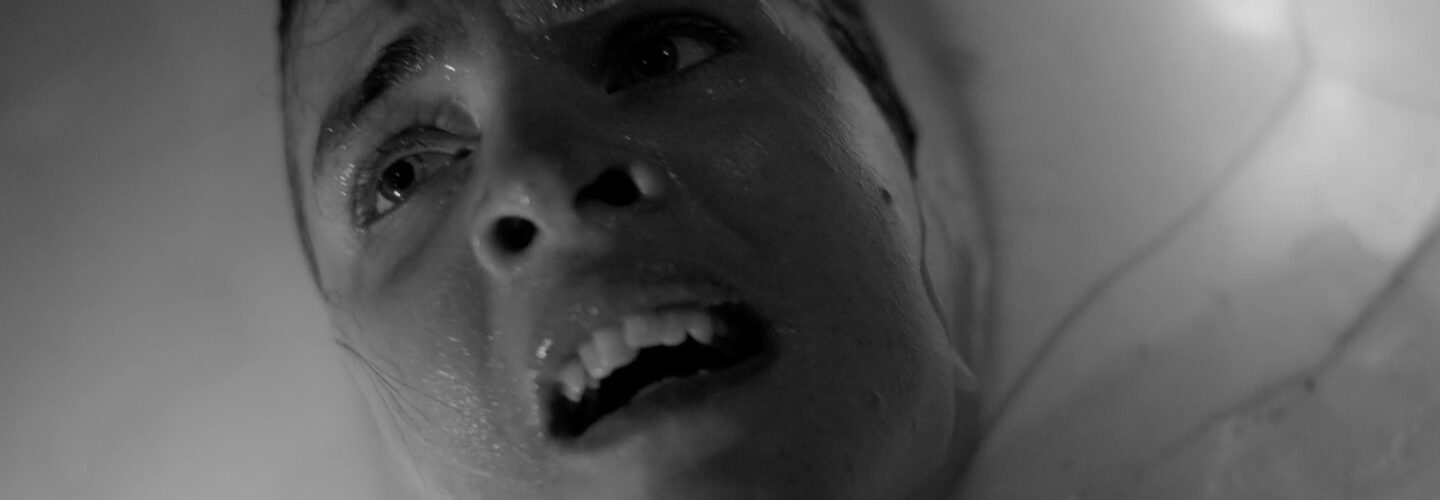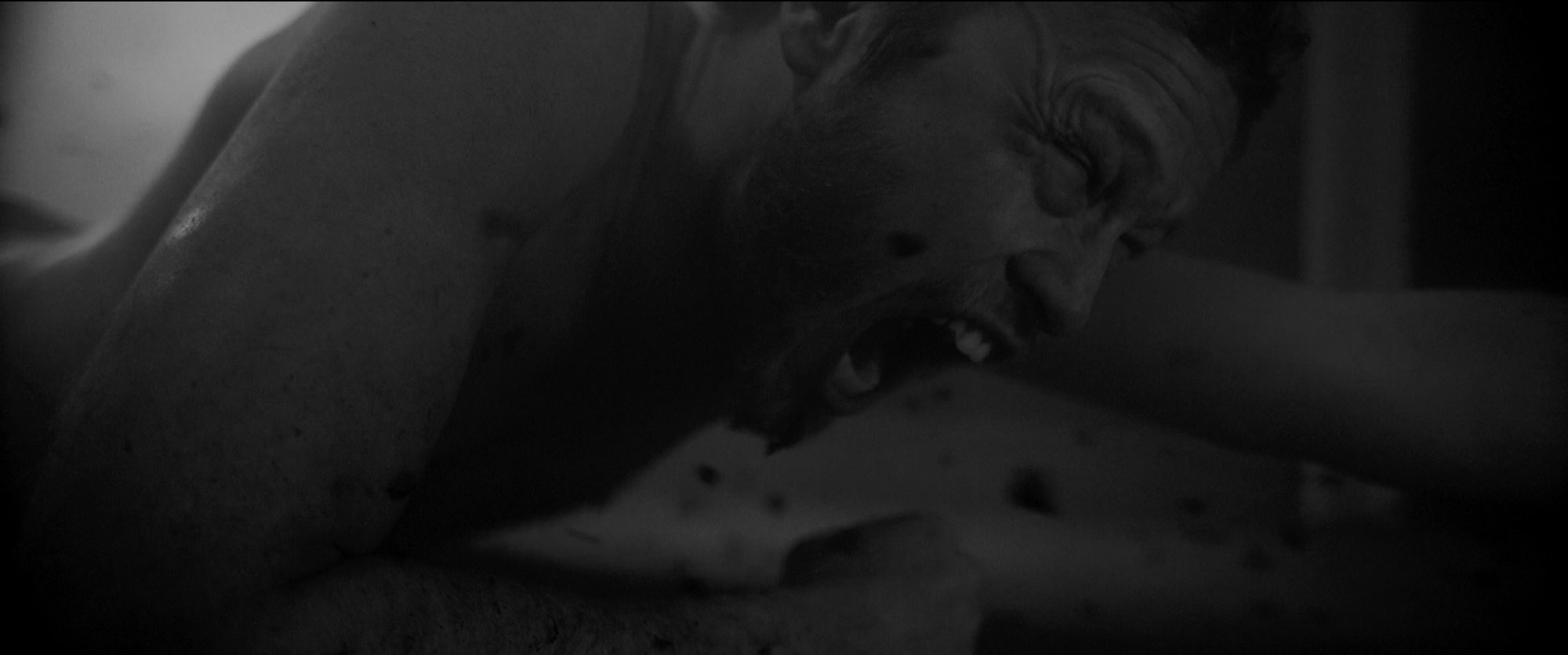
Award-winning Director Jean-Paul Frenay plunges us into the deep dark depths of the human psyche, exposing the esoteric struggles we endure but try so hard to mask. As the battles we face are mesmerisingly resurrected onscreen, the only comfort we can derive from The Fool You Need is the sentiment that we are not alone. The themes of life, love and death are stunningly executed through his art of working seamlessly with SFX. In our interview, Jean-Paul speaks about intertwining physical elements with human emotion to yield this captivating music video for experimental electro-pop and soul band, Son Lux.
Can you talk us through the themes of the piece?
When I first heard The Fool You Need, I felt an instant visceral connection to the music. The syncopated beats unravelled the rhythm of the song, introducing Ryan’s unique timbre while the swirling guitar melodies divided the tune in some sort of chapters. Ryan’s lyrics are always very poetic and open to interpretation so I went with what it evoked in me.
The song could be interpreted as a strange submissive love song but I found a deeper sublayer in it about the general struggle of life and what it means to go through it. With sentences that kept highlighting this impression: “You can have the only part I need” or “I’m not letting go no matter what you do”.
I wanted to entrap our audience into a mesmerising journey, creating almost a cathartic experience. I was looking for a strong but ‘simple’ visual concept that could emphasise this unique dilemma of surrender and withstand.
I wanted to entrap our audience into a mesmerising journey, creating almost a cathartic experience.
Hopefully, everybody will have their own interpretation of the promo but I based it on the circle of life and death. It’s a poetic allegory illustrated by this phantasmagoric hotel corridor that challenges our characters individually throughout the movie. The two are fighting their way to each other, reaching out during the climax when Ryan is almost begging in the lyrics, singing this emotional sentence “Hollow me”.
It’s a lifetime of struggle to find ourselves and find one another. Our two characters are representing this complexity of human relationships. The endless repeating loop of life, love and death when all remaining are floating empty and consumed shells in this corridor…ready to start over again.
How do you decide when to use VFX and when to use SFX? Can you clarify which effects in the piece were VFX and which were SFX?
My analysis of the project is always really pragmatic. VFX and SFX are tools to achieve a particular scene or idea, so I always try to detach myself from the ‘making of things’ while conceiving a project. It’s important to get the creative process unconstrained and pure. Once the story is developed, I break down everything I would need to make it happen. I will always push to capture everything I can in camera.
It’s important to get the creative process unconstrained and pure.
Don’t get me wrong, I love VFX, I actually started my career as a Flame artist and I always rely on some sort of visual effect on my project. But visual effects are always better when the captured material is already magical.
Putting our actors into a real space, confronting them to the elements, the real struggle it creates and the emotions you can see on their faces, the way the body move, everything is felt on the day. This reality of expressions is always harder to capture on a green screen environment. My DoP and I (operating a Phantom B-Cam) had to face the elements as well while shooting. It gives a sense of urgency in the process which felt organic and alive.
To get to your question, everything you see in this music video is real and was captured live. We built the corridor in a studio to facilitate the shooting. I was able to move the walls and ceiling accordingly when needed.
All our elements are special effects done in camera. The visual effects part of the project was mainly ‘wire removal’ for the part where our actors are performing in weightlessness but also when they are struggling to move forward. Still, it was a tricky process as I had to deal with all the smoke in the shots. Some minor retouching here and there and removing SFX crew members in certain shots where we couldn’t hide them.


Can you talk us through your process of executing each element?
The gravity elements were all controlled by wires. We attached our actors in the back to give them a constraining force to battle while trying to move forward. Other wire/harness systems were used for the weightlessness performance at the end of the video. The actors had to work hard with their bodies. That’s why it was really important for me to work with actors that also had some background in performance/dance arts. They had to survive two intense shooting days and did a great job.
For the wind element, you have to imagine two huge turbine looking fans and two smaller but more directional and aggressive fans working at the same time. It was a refreshing experience 😉 We used smoke machines, haze machines and what we called black snow to illustrate the strength of our wind (which was basically small particles of cork which gave this unique earthy/dirty look to our flying particles).
The wind came from both directions. It was used as an allegory. Each character had to face their own struggle. The wind is bursting in each direction to finish in a swirl when they are approaching each other in the middle of the corridor. This power of the swirl is making them fly in weightlessness.
The fire was also shot live with our actor just in front of it.…within a safe distance of course. We are professionals and would never take any risks while on set. We used four gas fire throwers that we could adapt in power during the shots.
The water sequence was the last we shot as we all knew it would just kill our corridor set. We used rain pipes with power you can adjust to create thicker or finer droplets of water. The DoP and I had to dive into the rain with our actress to capture all the shots. It was a good soaking wet way to end the shooting!

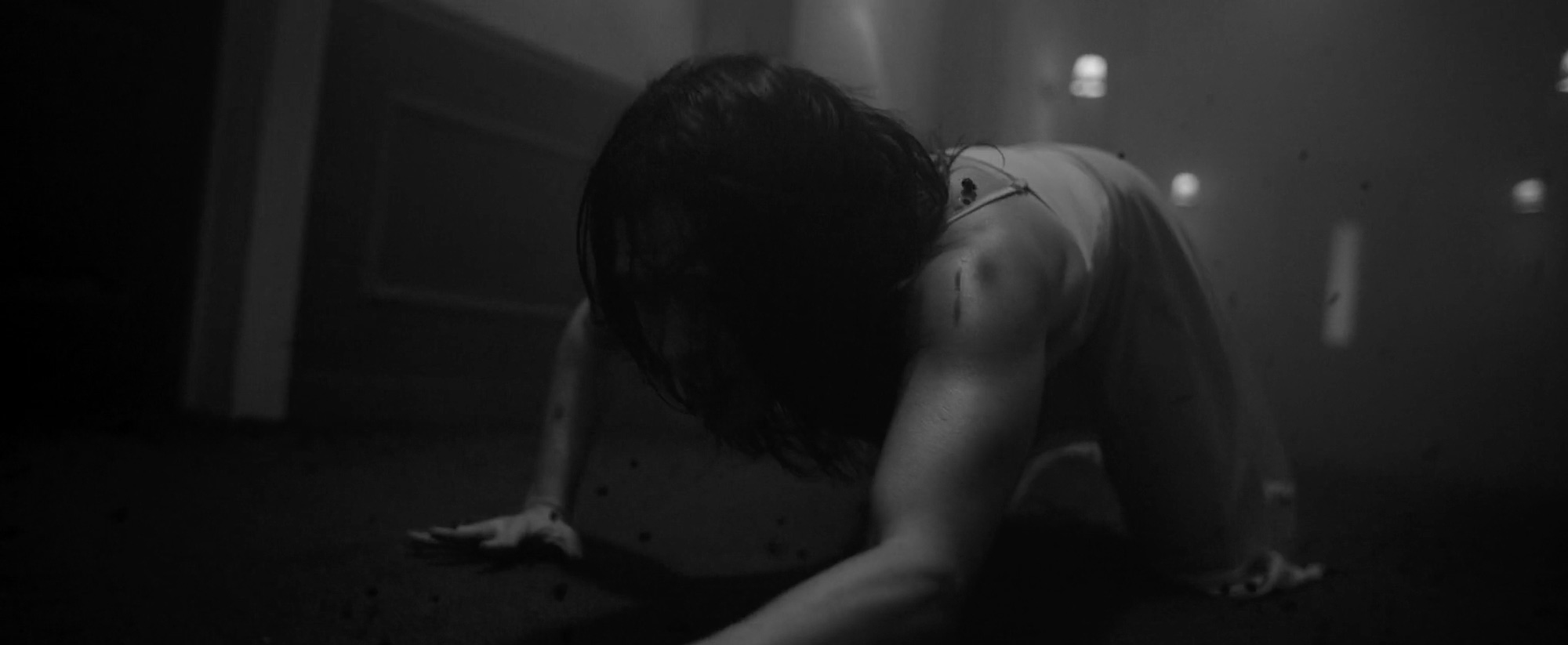


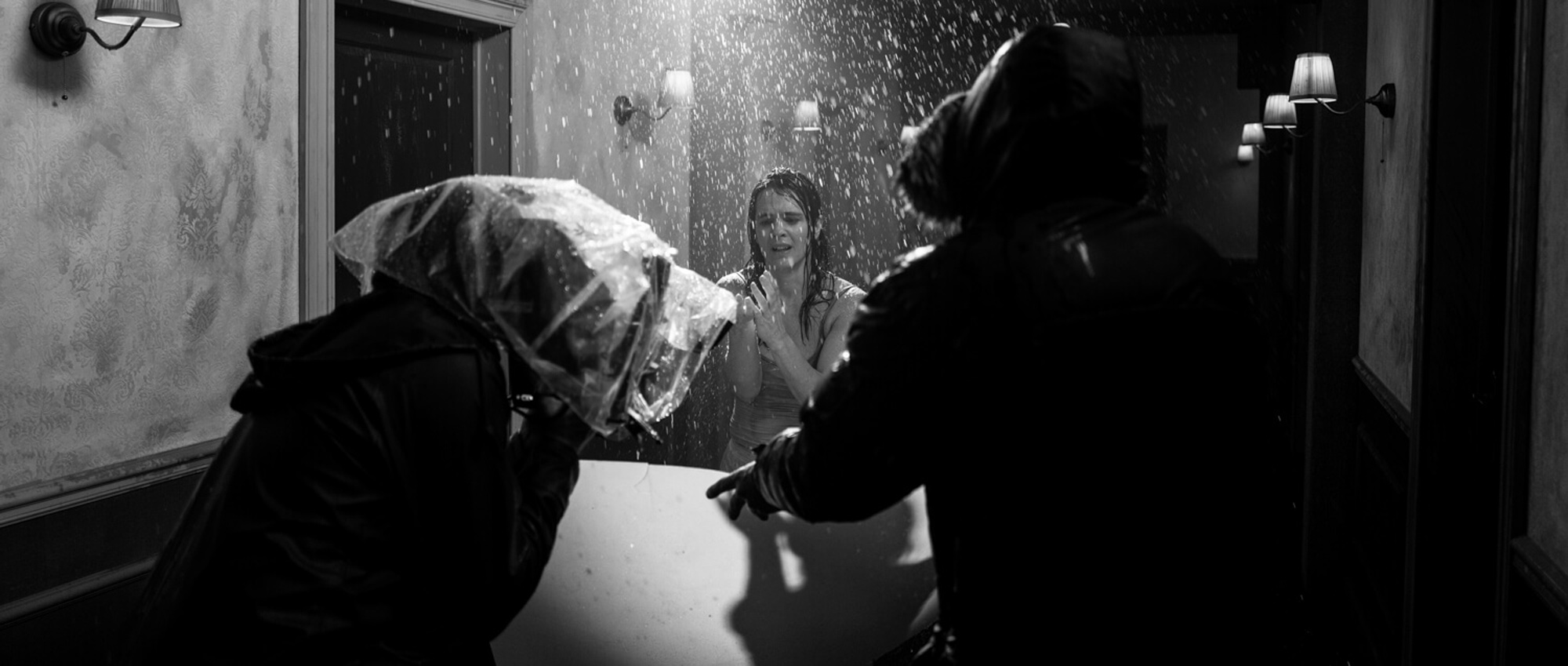

What was behind the creative decision to shoot black and white?
The band had only one request which was shooting in black and white. I was thrilled by this request as it gave the DoP François Starr and myself the opportunity to play with the specificity of this format. Instead of shooting colour and just de-saturating the colour in post, we worked the black and white from the production design phase to the post-production. The goal was to create a gritty but smooth render of our pictures.
We worked the black and white from the production design phase to the post-production.
I wanted to explore the smoothness and delicacy of the complete grayscale spectrum but still, have dominant blacks. We used coloured filters on the camera, created a special LUT and most importantly designed our set accordingly to achieve these specific tones. We asked Dominque Gauthier, our art director, to exaggerate the colours of our set to be able to control individually specific elements of our set in the colour grading process.
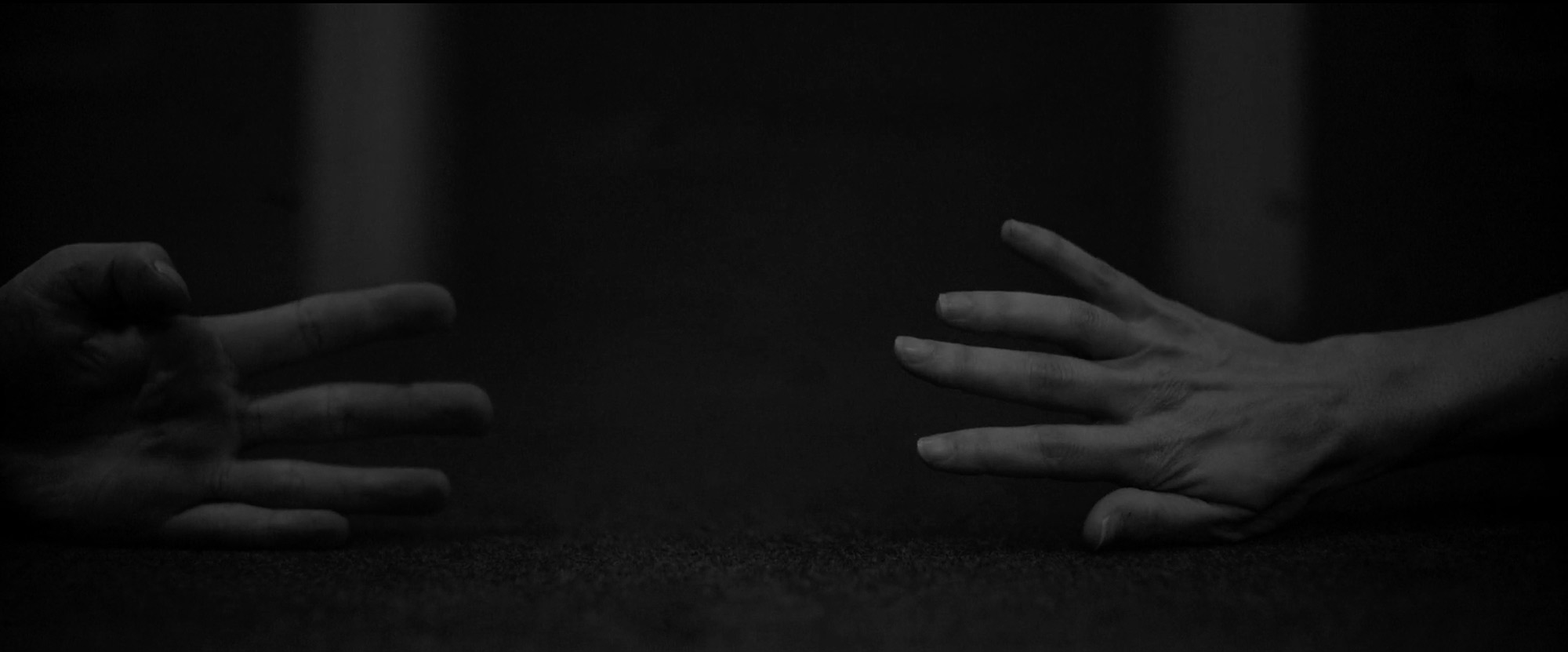

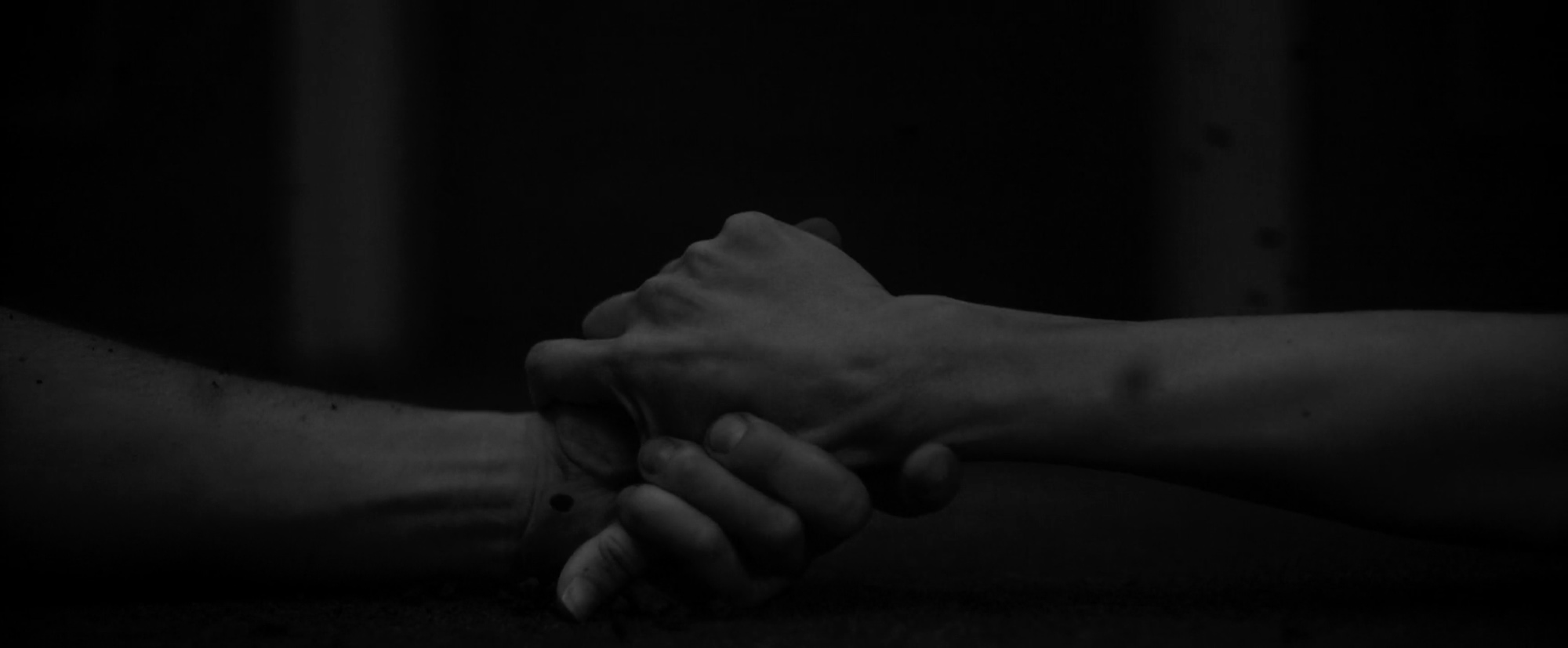
How did you create the birthing sacs?
The birth placenta was specially designed and moulded using silicone materials by our SFX Make-up Artist Marie Messien. This gave us the opportunity to achieve the little details and veins you see on the surface and control the level and unevenness of transparency of the material.
Even if the shooting was really demanding emotionally and physically for our actors, they were never put at harm. We took really good care of both. They had to be naked underneath this artificial skin to avoid seeing any fabric while capturing this scene.

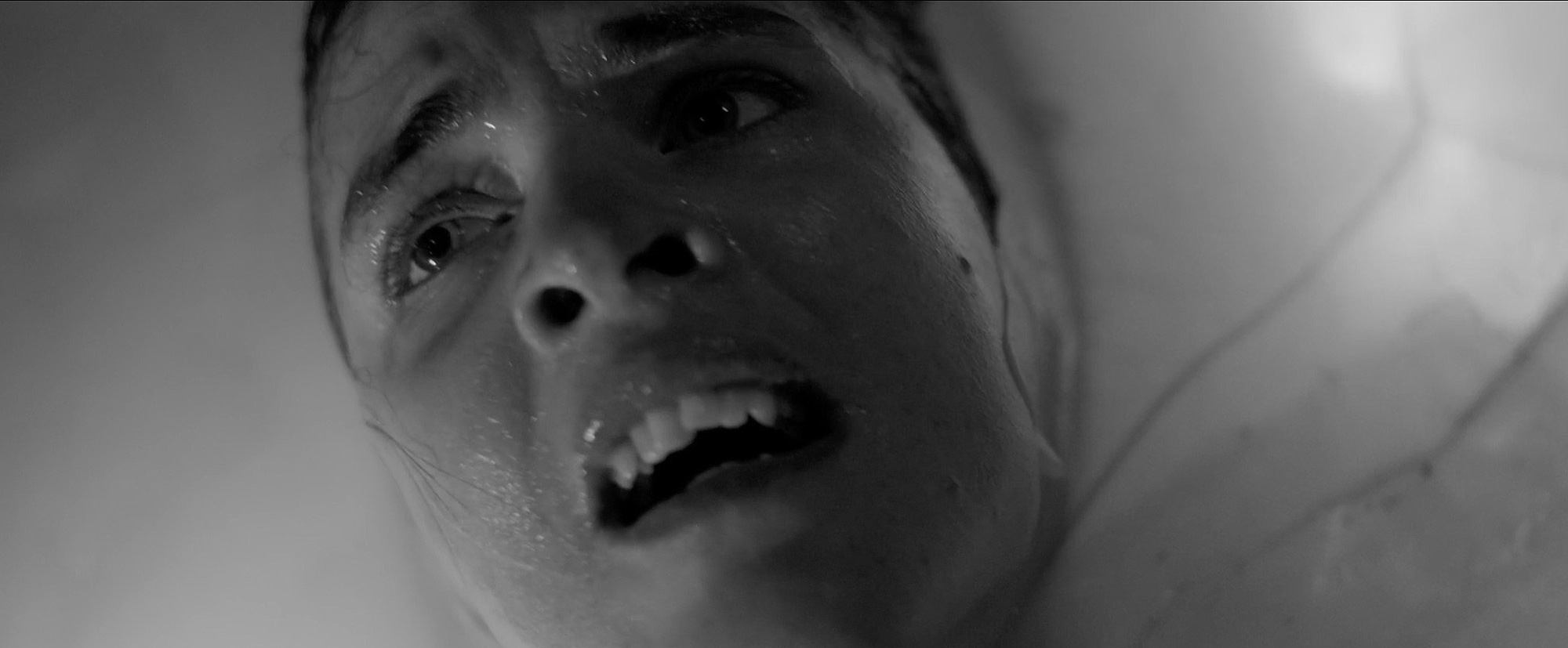
What relishes do you have in-store for us next?
Besides working in commercials, I’m preparing several narrative projects. It’s a longer time-consuming process than advertising or music videos but I feel an urge to create time to actually make them happen. I’m developing a feature and series. Let’s see what the future brings…

